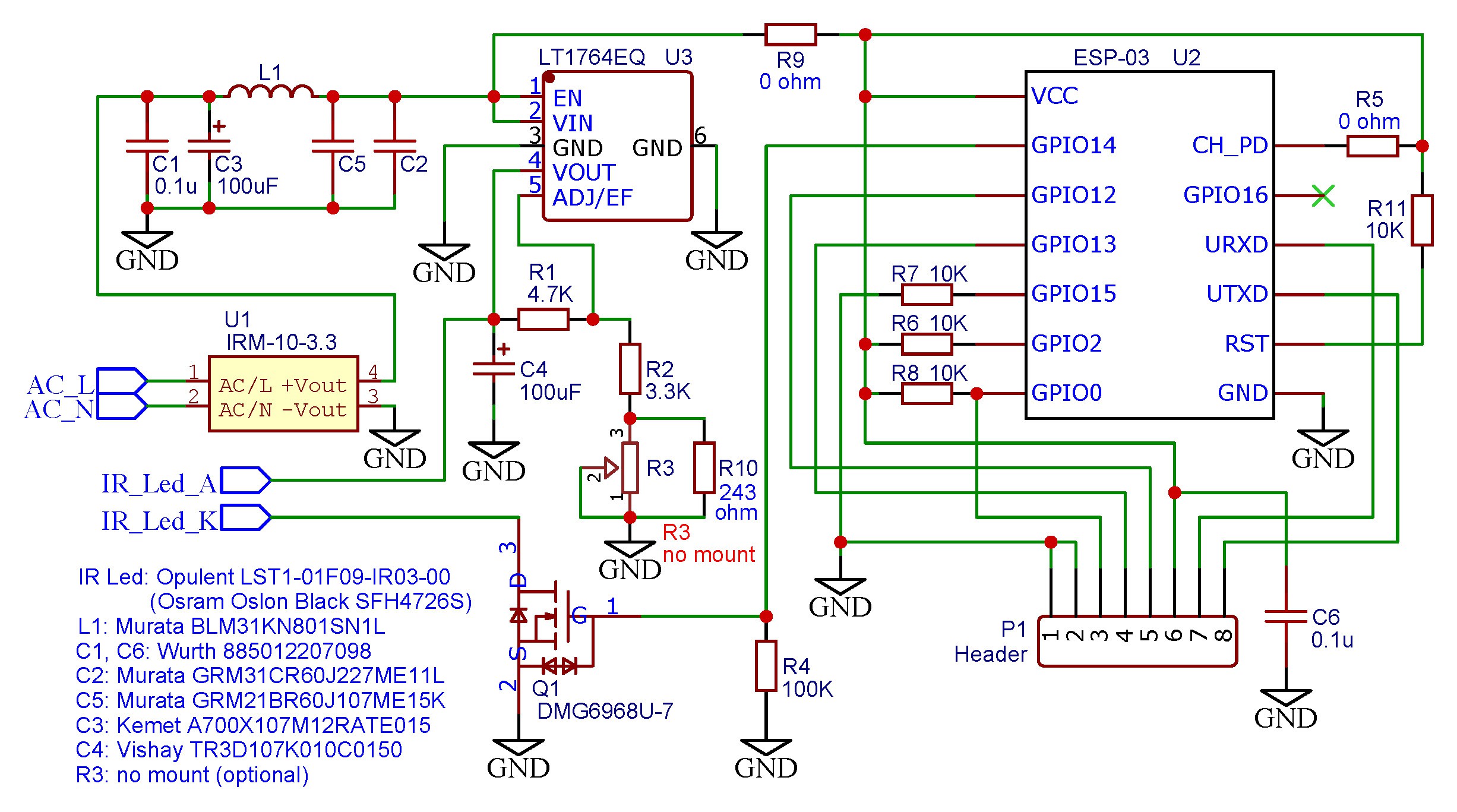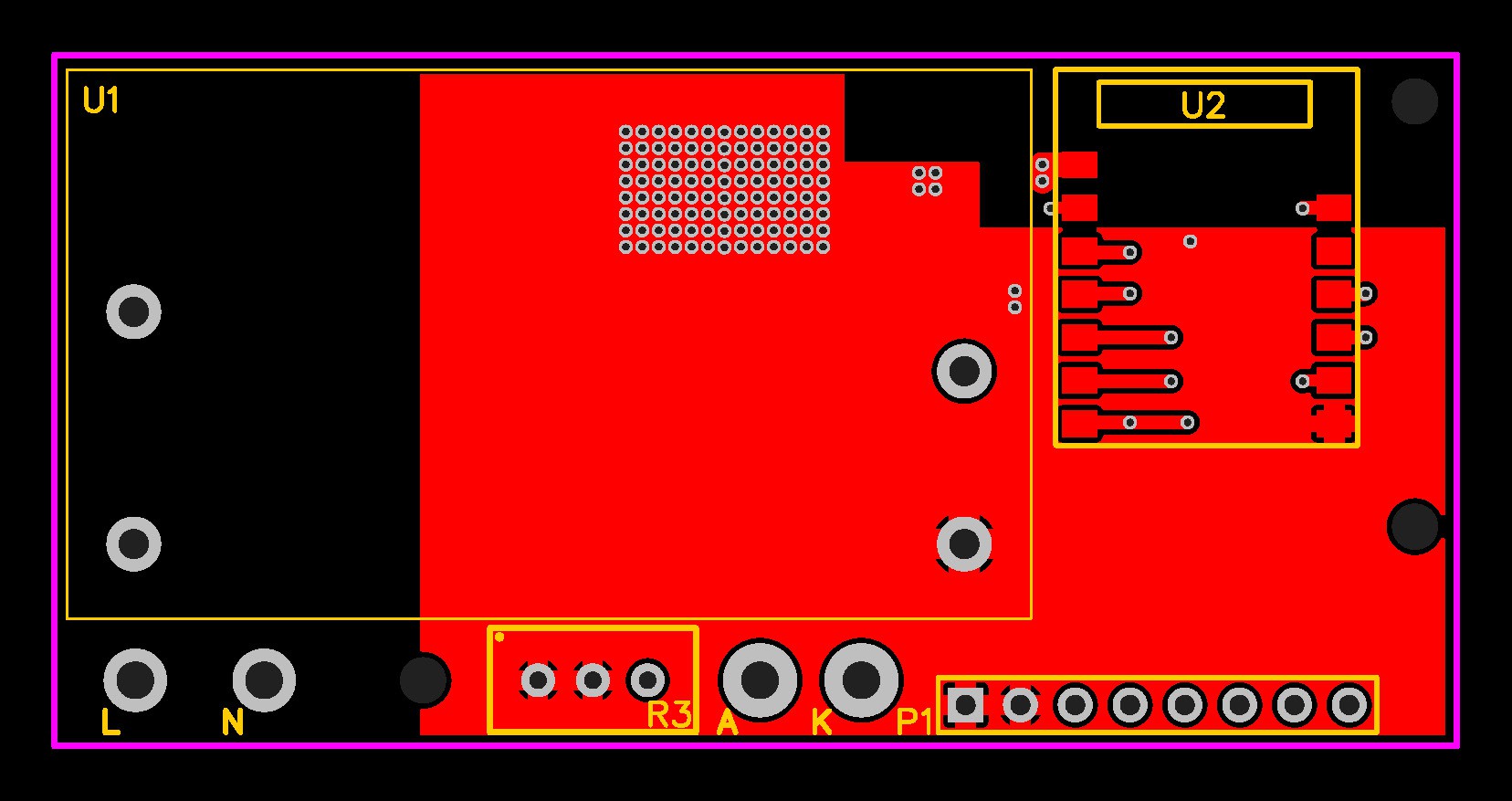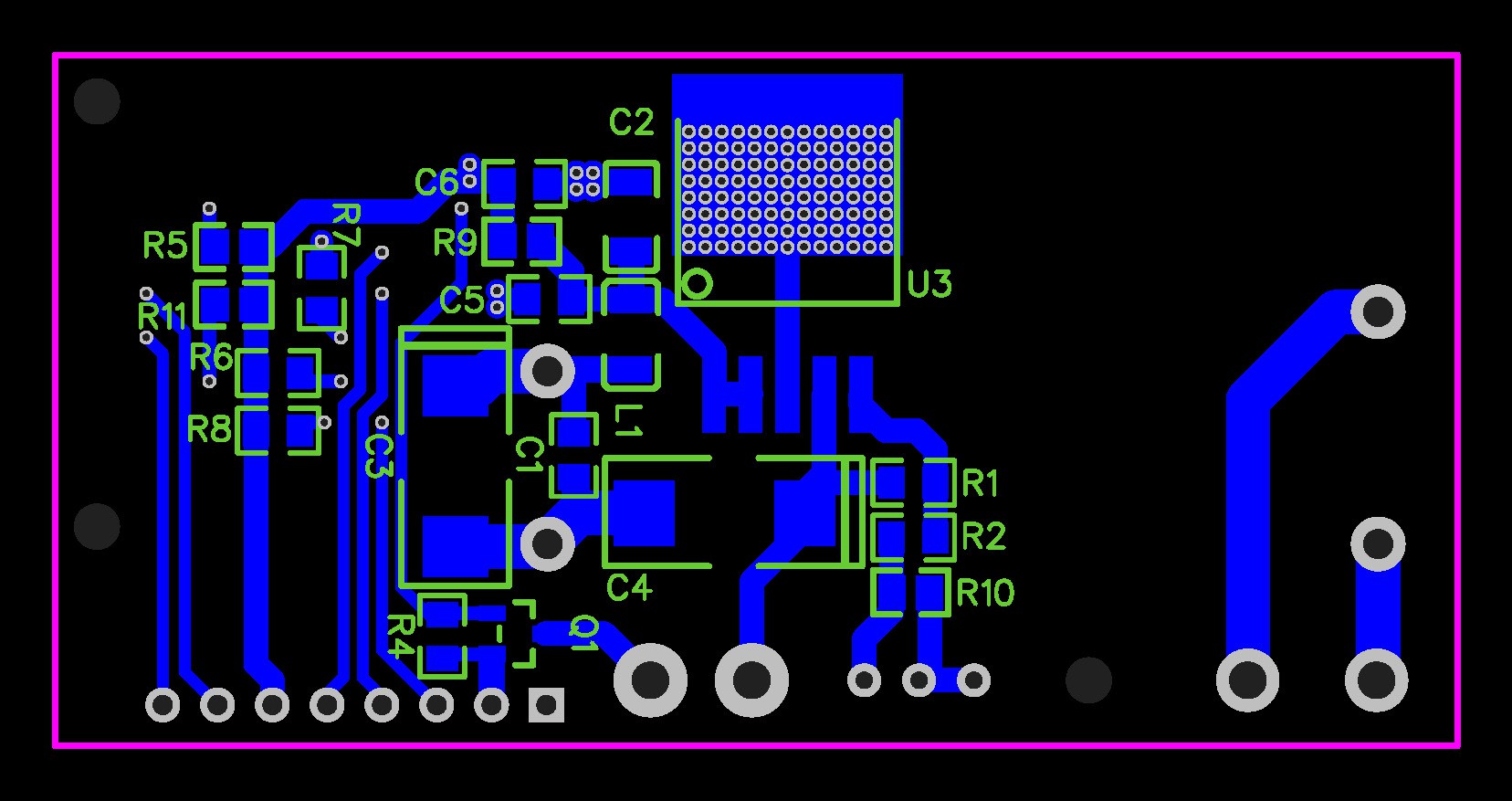Features:
- Ultra long range at any angle when used as a universal remote. It works even behind the closets
- Osram Oslon(R) Black SFH4726S 3.4 W 940 nm IR emitter with radiation angle of 150°
- ESP8266 controller (ESP-03 module with 1 MB flash). Compatibility with Tasmota
- LDO regulator with fast transient response permits stable operation and IR radiant intensity regulation
- Expansion slot with two additional GPIOs that can be used with daughter micro cards for an IR receiver and/or any other I/O function supported by ESP8266's firmware
- Integrated 8.3 W power supply (Meanwell IRM-10-3.3)
- Very small: it is simply a power plug box with a transparent cap for IR emission



On GitHub you can find further details on how to connect IRShine to Alexa or Google Home and use it also as a tv remote translator.

On GitHub there are further details on how to connect IRShine to Alexa or Google Home and use it also as a tv remote translator.